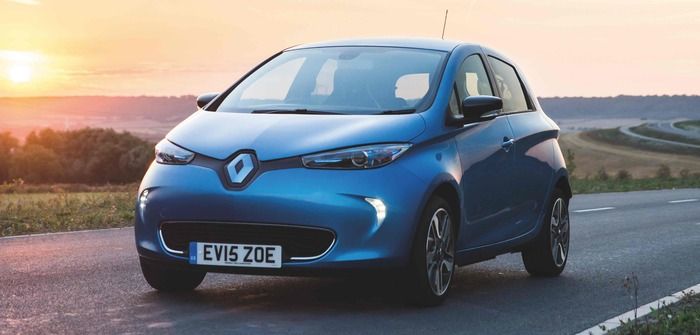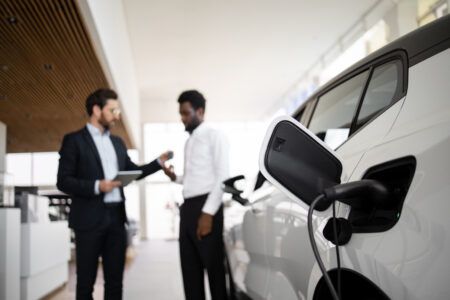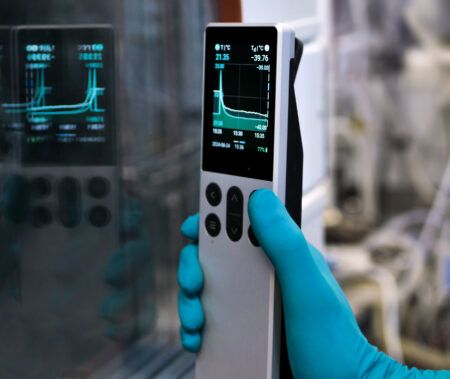I remember hearing predictions seven years ago about how the electric vehicle market might expand by 2025. Maybe 5% of new cars would be electric by then, said the forecasters. For someone who had become convinced that electric vehicle technology was superior, this was fairly depressing to hear. The same kind of predictions were made about the growth of renewables – maybe 5-10% of generating capacity by 2020.
A famous quote by William Gibson is apt at this point: “The future is here, it just isn’t evenly distributed.”
Over 30% of drivers in Norway now sit behind the wheel of an electric car and the numbers of new EV sales are through the roof. China and India are adopting electric vehicles with a vengeance, Japan and Korea are miles ahead, and the UK and Ireland are adopting electric vehicles at an above-global-average rate.
Of course, in other parts of the world there are no electric cars, no charging infrastructure, and little or no knowledge of the developments taking place. But it’s in the field of renewables that the changes are most apparent and widespread.
The United Kingdom has 13GW of solar installed, combined with massive offshore wind – this is the main reason behind the recent days of zero coal use in the UK, the first time since the industrial revolution.
There are advances taking place around the globe, and solar PV and small battery systems are growing at incredible rates across sub-Saharan Africa and India. The solar cell is a close technological relative of silicon wafers developed by the computer industry. The growth in energy generating capacity in solar cells and the drop in cost per watt is in line with similar developments in size, speed and energy use in computer chips.
The two technologies of renewables and electric cars are inextricably linked. Electric cars are just computers on wheels and are developing at a rate ICE vehicles have no chance of competing with. Anyone who drove the original Renault Zoe, and has had experience of the latest version, has witnessed these developments first hand – Renault has almost doubled the capacity of the Zoe battery pack, and everyone I spoke to at Renault was surprised at how quickly this development took place. Engineers and managers at the OEM have suggested they might bring out a larger-battery-capacity Zoe at the end of 2018. They began manufacturing them in late 2016.
I’ve recently been around the massive Renault plant at Flins outside Paris and witnessed the construction of the two battery options. One has a 22kWh capacity, the other 41kWh – yet they are the same size. The only way to differentiate them is through the barcode on the side. This increase is partly to do with packaging, but much more to do with improved energy density. The same will hold true with the new longer-range Nissan Leaf. The recently released Tesla Model S 100D has the same sized battery pack as my Tesla 85, but with 15kWh more capacity and an increased, genuine, all weather, all-terrain, 300-mile range – I recently drove a 100D from London to Orkney and back, and the one thing that wasn’t even a passing thought was range.
So range, charging infrastructure, choice of models and constantly improving energy efficiency and reliability are all ticked boxes. It’s now all down to cost – as always, it’s the initial purchase that we consider, not the running costs over the life of the vehicle.
Anyone who’s driven an electric car for any length of time knows they’re cheaper, but that’s a difficult argument to get across. However, the news is spreading and adoption rates reflect this. We are entering the age of the electric car.
Submitted by Robert Llewellyn, actor, writer and Electric & Hybrid Vehicle columnist





